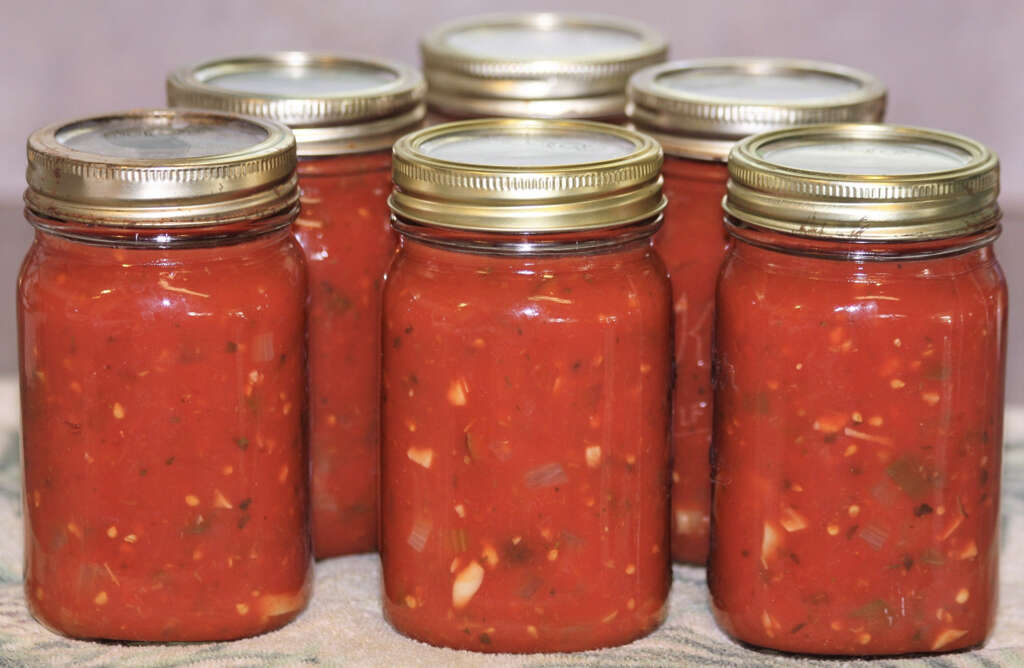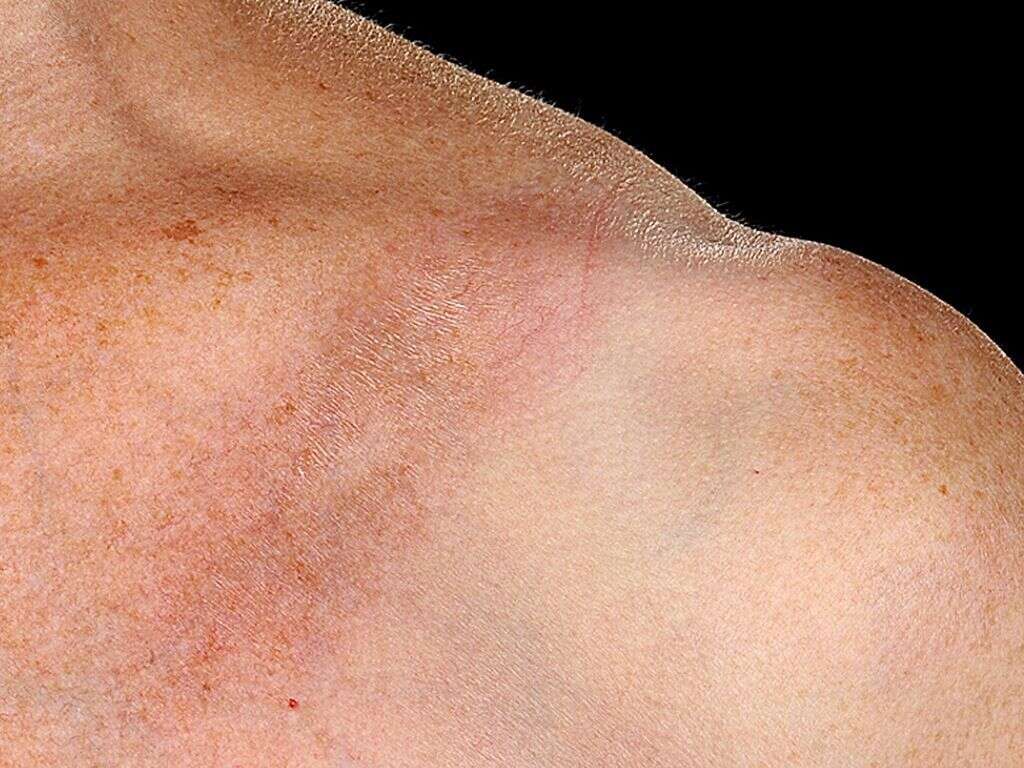What Is Botulism?
If we are not careful, then bacteria might be able to make us very ill. Most bacterial infections can be very unpleasant but will still pass having done no permanent damage. This is not always the case, however, and some can leave the patient with permanent damage. Some can even be deadly.
Among the most dangerous of all bacterial infections is botulism. It is, thankfully, a rare disease, especially when appropriate precautions are made. If you do suspect a case of botulism then you should make no delay in getting the patient to a hospital so they can receive emergency treatment.

1. Clostridium Botulinum
Clostridium botulinum is the name of the bacterium that is responsible for botulism. As the bacterium metabolizes its food, it produces a substance known as botulinum. This substance is toxic to us and has the potential to make us very ill indeed. More to the point, it is the most toxic substance that is known to mankind.
Despite the obvious dangers involved in dealing with something so toxic, botulinum is often used in the cosmetic industry. A lot of people would recognize the substance by its more commonly used name: Botox. It is sometimes used to help give people a younger appearance, but it must be used with extreme caution.

2. Foodborne Botulism
Botulism is not always found in the body voluntarily. Food botulism is the name given to the illness that had been contracted from the toxin in food. It most often occurs in cases where food has been prepared at home and then canned. The bacterium responsible requires very little oxygen in order to thrive, enabling it to continue to produce the toxin even after the food has been canned.
This tends to occur in foods that have low acid levels, such as fish, fruits, and vegetables. When food is canned in industrial settings then the bacterium is usually destroyed to prevent the toxin from being produced.

3. Foodborne Botulism Symptoms
Once the toxin has been ingested, the symptoms will generally start to appear at around 12 to 36 hours afterwards. If only a small amount of the toxin was ingested, however, then it might take a few days before symptoms appear. When symptoms do arise, the patient can experience a dry mouth and experience trouble speaking and swallowing.
The patient can also find that their facial muscles become weak and their eyelids droop. They might also experience changes in their vision, and they can also have difficulty breathing. Abdominal cramps, nausea, and vomiting can take place. The condition can even cause paralysis.

4. Infant Botulism
Infant botulism tends to be found in babies that are between the ages of 2 and 8 months. It is the most common type of botulism, and it also takes place by way of ingestion. It differs from food botulism, however, because it is the bacteria that are often ingested rather than the toxin. Babies can still suffer from swallowing the toxin, however.
It is thought that consuming infected soil is the most likely source. Eating honey that has been contaminated with the toxin is also thought to be a relatively common source. Once consumed, the bacteria can begin to multiply and, the more numerous they become, the more toxins they begin to produce.

5. Infant Botulism Symptoms
One of the first signs of infant botulism is constipation, which may not always be noticed to begin with. The child might also develop a cry that is weaker than usual and they can also become more irritable than they usually would be. There might also be a problem if the child appears to be having difficulties feeding.
The patient’s eyelids will also sometimes droop and they might also develop a weakness in their muscles overall. This can become apparent if/when the patient appears to have difficulty controlling their head. Infant botulism can also cause paralysis so it is a condition that is to be taken very seriously.

6. Wound Botulism
In addition to causing problems by ingestion, the bacterium can also cause problems when it gets into open wounds. This is a condition commonly known simply as wound botulism, and the wound can be slight enough to not be noticed to begin with.
Once the bacteria get into the wound then they can begin to multiply. It will produce toxin as it usually would and, when enough of the toxin is being produced, the patient can start to experience symptoms. While the condition is fairly rare, it has seen an increase in prevalence in recent decades due to the sharing of needles when injecting heroin.

7. Wound Botulism Symptoms
It will usually take around 10 days from the moment of infection for the symptoms of wound botulism to begin to show. This is because the bacteria will only be present in small numbers to begin with, thus producing a small volume of the toxin. While the wound may not be noticed when first infected, it can appear red and swollen after a while.
The patient can begin to have difficulty speaking and even swallowing can become difficult for them. The patient’s face can become weak and they can have difficulty keeping their eyelids open. Breathing difficulties can arise, and paralysis will also occur in some cases.

8. Complications
Botulism can obviously cause some very severe complications that can pose a real threat to the patient’s life. One of the main problems is that it can affect the patient’s ability to control their muscles. This includes muscles that the patient relies upon for their survival.
For example, loss of muscle control can include the muscles that are responsible for helping to expand and deflate the chest. This means the patient can lose the ability to breathe, and this can be fatal. Indeed, losing the ability to breathe is the most common cause of deaths in people that have botulism.

9. Prevention
It is difficult to be completely safe from botulism, but we can take steps to keep us significantly safer. One of these is to ensure that you maintain food safety standards at home, especially when canning food. Thoroughly cooking foods before they have been canned can help ensure the bacteria are killed.
One way to help prevent wound possible is to avoid injecting drugs or, at the very least, using a new, sterilized syringe every time. Also, prevent infants from consuming soil and also avoid allowing them to eat honey. If you do suspect a case of botulism, waste no time in getting help for the patient.

10. Treatment
One of the first steps of treatment is to remove as many of the bacteria from the body as possible. This can mean surgically removing infected tissue. In other cases, it can mean forcing the patient to vomit and/or defecate to remove the bacteria from the digestive system.
An anti toxin will also be used to help prevent the existing toxin from doing any more harm to the body. Antibiotics are also used, but need to be used carefully in order to prevent the condition being made worse. In many cases, the patient will also need help with breathing. Any damage caused cannot be reversed, but therapy can help the patient recover control over their muscles.












